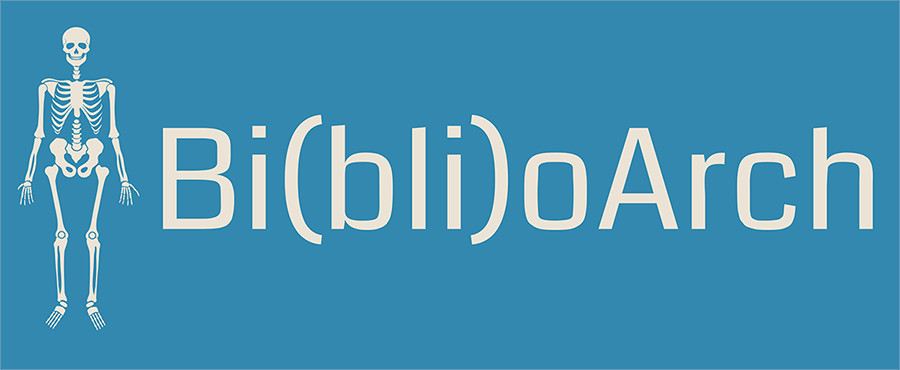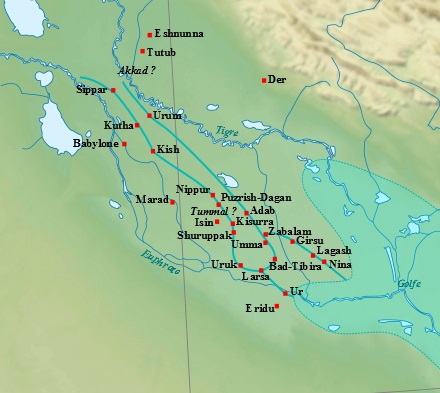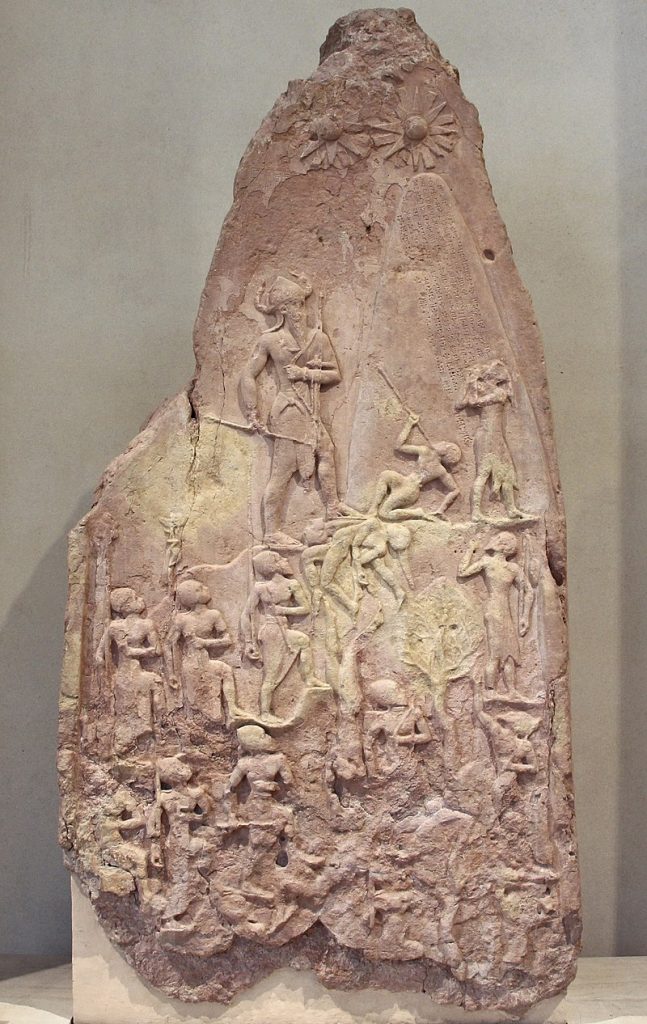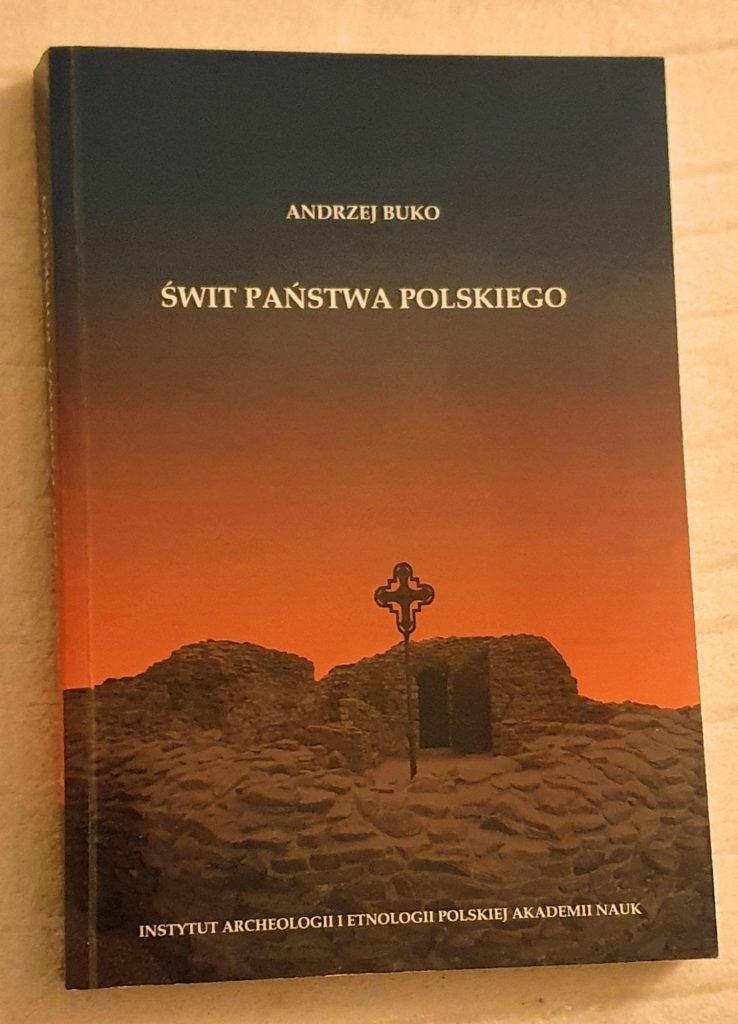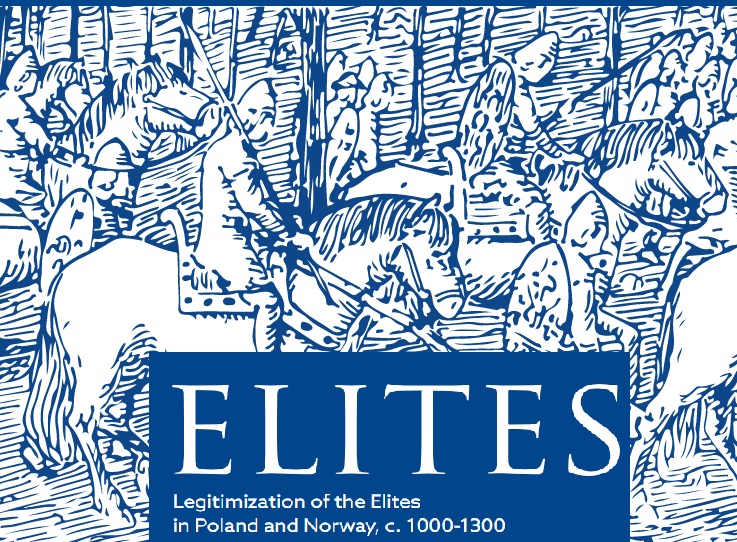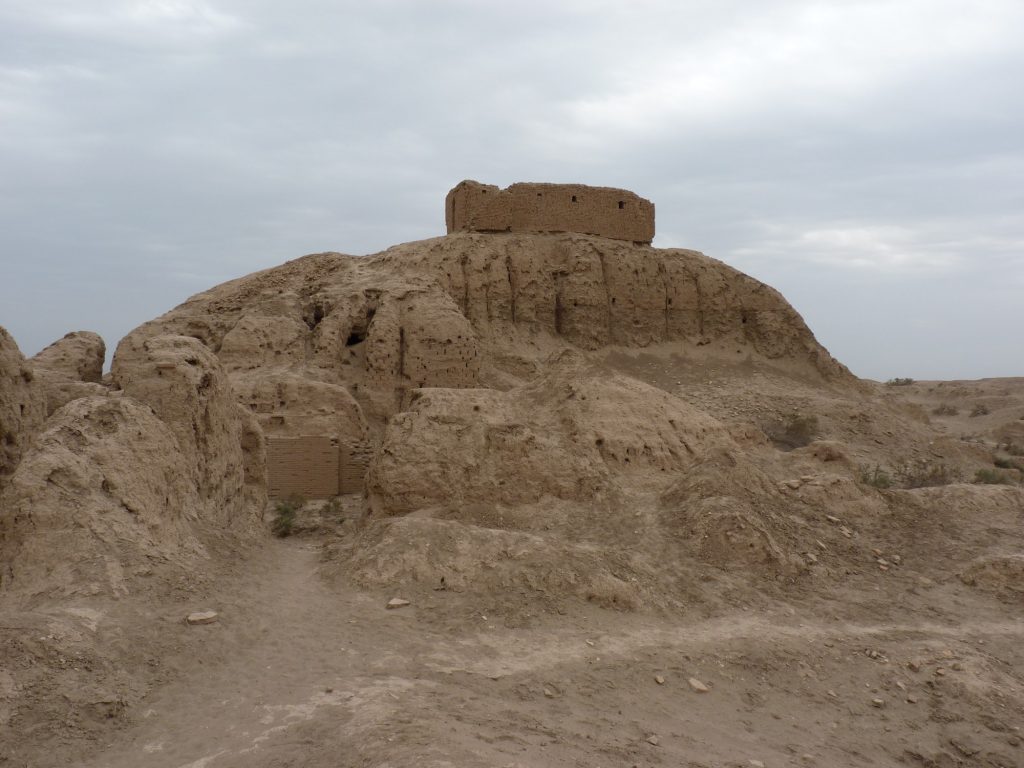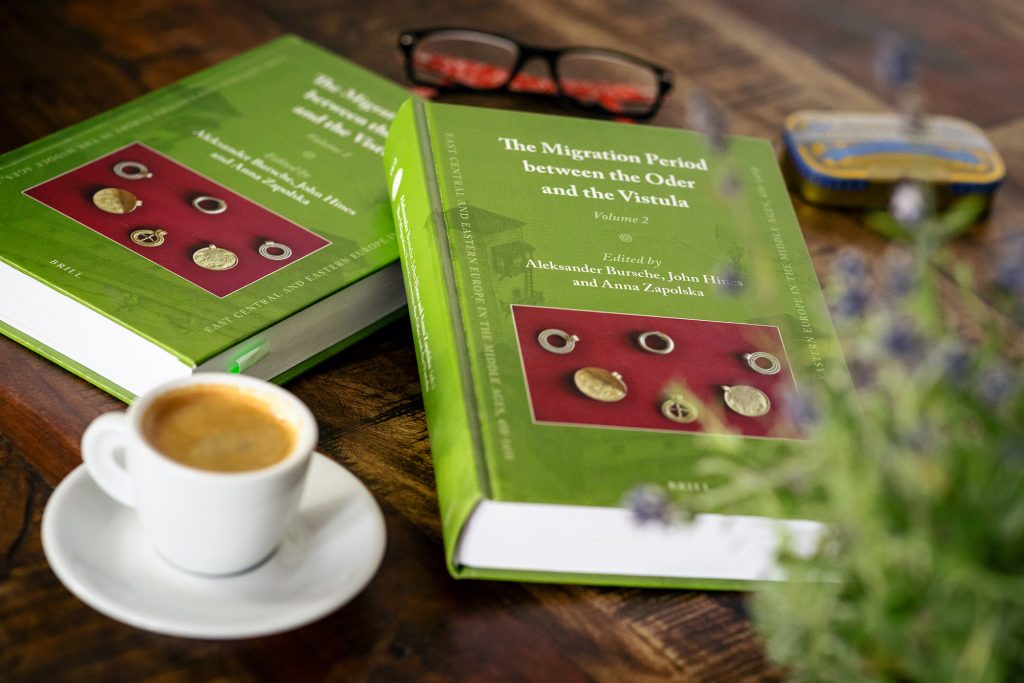Previous year was not easy at all, also for archaeologists. Possibilities of fieldwork were very limited, especially for abroad expeditions, and the conferences happened nearly only in the virtual reality.
As the previous editions of the Warsaw Seminar on Underwater Archaeology gave both the participants and organizers loads of positive effects and satisfaction, we agreed that we don’t want to be pushed into the Internet! We succeeded in moving the funds forward in time (like in case of the previous one, also this edition is sponsored by the Ministry of Science and Higher Education, DNK/SN/464684/2020) and – finally – we meet in November! And you can join us live via YouTube channel of Faculty of Archaeology, University of Warsaw!
4th Warsaw Seminar on Underwater Archaeology will take place on the 18–20 of November 2021. Deadline for applications passed in April. Also this time, despite the pandemic, a huge interest of both ‘old friends’ and ‘debutants’ is close to sensational. We will host the researchers not only from Poland, but also Italy, Greece, Slovenia, Montenegro, Turkey, Croatia, Spain, Slovenia, Germany, Russia, Wales, Austria, and Switzerland…


